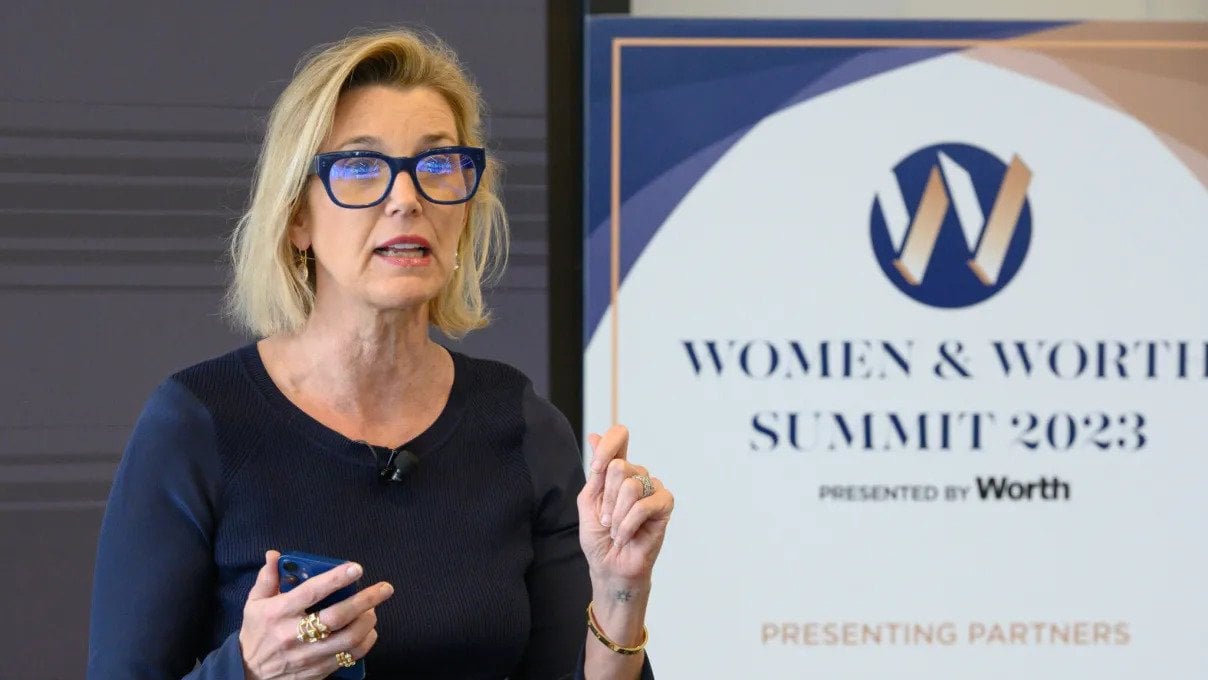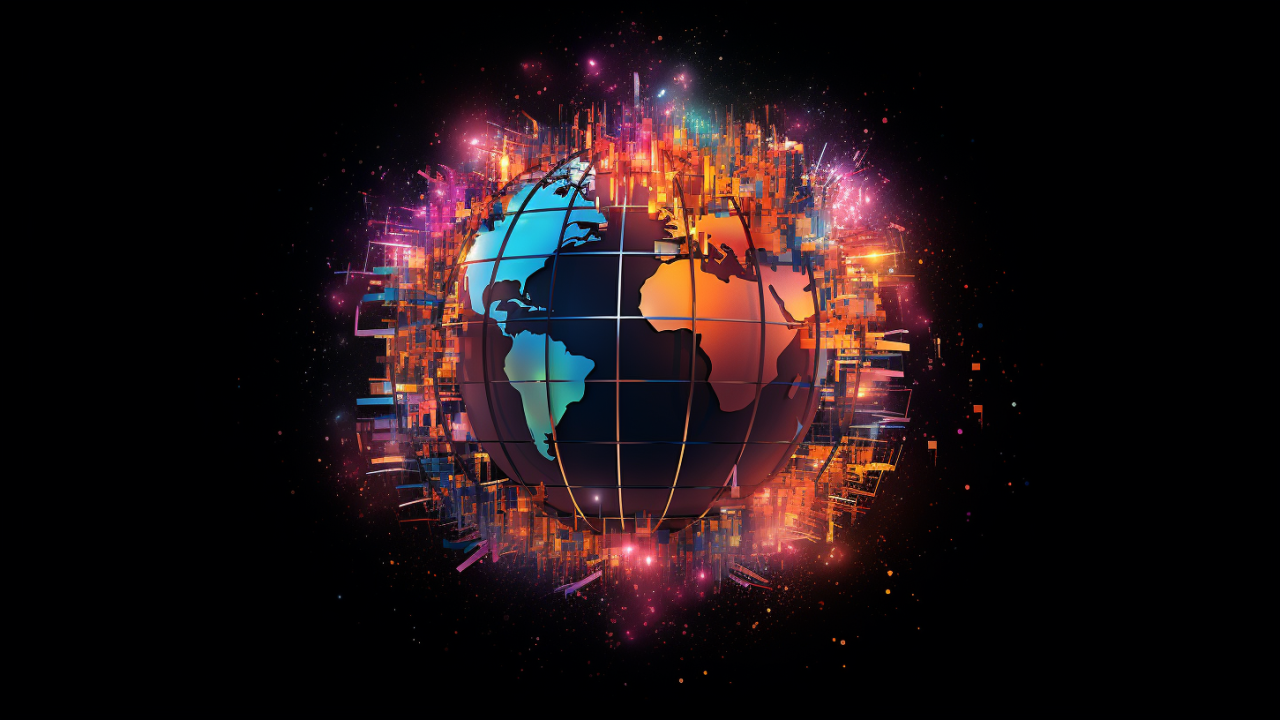This article originally appeared in Techonomy’s Winter 2020 magazine.
ARTIFICIAL INTELLIGENCE IS being adopted by companies in numerous industries, and will displace jobs. It will also likely worsen gender and racial gaps. Nearly 11% of jobs held by women may be eliminated because of AI, warns the International Monetary Fund. McKinsey, meanwhile, estimates that 20% of women employed today could experience AI-driven job erosion in the coming decade. Preparing women to succeed in the age of AI must be a global priority as we work towards one key United Nations Sustainable Development Goal: to achieve gender equality, and empower women and girls.
Despite the gloomy statistics, there’s reason to be hopeful – if business, governments and individuals strategically work together. It helps to know that nearly 20% more women could be employed by 2030 than today – if they’re able to maintain their current representation level in each sector of the economy. The good news is that women tend to be concentrated in fields that are growing, like health care.

But then there are industries like financial services, where women make up nearly half of the U.S. sector’s workforce. Women hold only 25% of the financial services senior management jobs that experts say are less vulnerable to AI’s impact. Frontline workers are particularly vulnerable to AI disruption, and in the U.S. 85% of bank tellers are women.
Some companies are proactively developing solutions. Synchrony, a Connecticut-based financial services firm, has created a deliberate AI workforce strategy and invested aggressively in training programs for its 16,500 employees. “In today’s technology revolution, leaders must upskill their workforce and find— or train—the right talent,” wrote CEO Margaret Keane. Nearly half of Synchrony’s employees are in front-line roles like customer service. In one program, the company pays up to $20,000 for an employee to earn a higher education degree. This potentially helps employees transition from, say, customer service into a role that’s more technical—possibly in a field that’s growing.
MORE COMPANIES should follow Synchrony’s lead. Globally, business and government must boost the number of women in high school, college and graduate school—especially those who focus on science, technology, engineering and math-related fields, all of which are growing. McKinsey estimates that between 40 and 60 million women around the world may need to change occupations to remain employed, often stepping into higher-skilled roles.

The unfortunate truth is that women tend to have smaller professional networks than men. So we must develop mechanisms for women to expand their base of contacts—which could ease their transition between fields. We must also train more women who can join – and lead—the teams that actually write the algorithms for AI. A critical mass of women in these roles should reduce the likelihood such systems will have built-in bias against women, a known problem. There’s no shortage of need: only 22% of AI professionals are women, according to an analysis by the World Economic Forum and LinkedIn. By a variety of measures, the number of AI-related jobs are growing.
This isn’t an issue just for women –all of business and society must participate. That’s why companies are moving quickly to create an infrastructure for job transformation. Bank of America is another financial services company taking concrete steps to help women adapt to an increasingly AI-driven workforce. Says Cathy Bessant, the bank’s chief operations and technology officer: “It’s an area where we still have a lot of work to do.”















